#Art History Archaeology
Explore tagged Tumblr posts
Text
I'm firmly convinced that there are certain archaeological artifacts we'll never fully understand because what sparked their creation was some prehistoric craftsperson thinking to themselves "hey, you know what would be fucked up?"
13K notes
·
View notes
Text
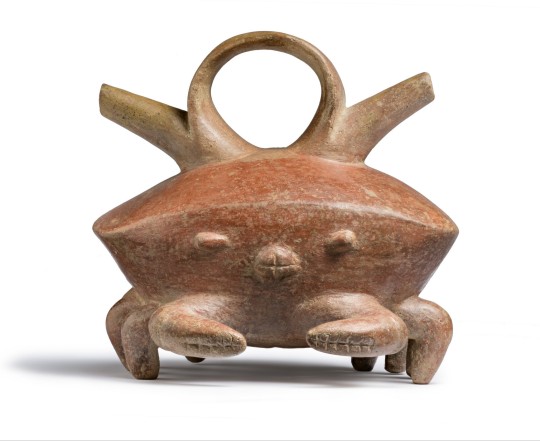
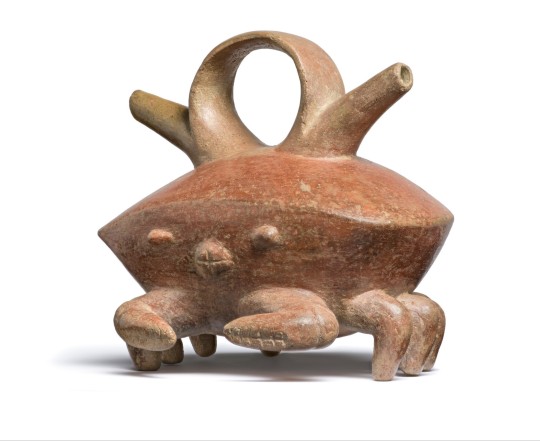
~ Crab Vessel with Double Spout.
Place of origin: Colombia, Calima Region
Period: Ilama Period
Date: 1500 B.C.-A.D. 100
Medium: Ceramics
#ancient#ancient art#history#museum#archeology#ancient history#archaeology#ancient pottery#pottery#south america#crab#crab vessel#calima#Colombia#pre columbian#Ilama Period#1500 b.c.#a.d. 100
21K notes
·
View notes
Text
Child's Writing Exercises and Doodles, from Egypt, c. 1000-1200 CE: this was made by a child who was practicing Hebrew, creating doodles and scribbles on the page as they worked

This writing fragment is nearly 1,000 years old, and it was made by a child who lived in Egypt during the Middle Ages. Several letters of the Hebrew alphabet are written on the page, probably as part of a writing exercise, but the child apparently got a little bored/distracted, as they also left a drawing of a camel (or possibly a person), a doodle that resembles a menorah, and an assortment of other scribbles on the page.
This is the work of a Jewish child from Fustat (Old Cairo), and it was preserved in the collection known as the Cairo Genizah Manuscripts. As the University of Cambridge Library explains:
For a thousand years, the Jewish community of Fustat placed their worn-out books and other writings in a storeroom (genizah) of the Ben Ezra Synagogue ... According to rabbinic law, once a holy book can no longer be used (because it is too old, or because its text is no longer relevant) it cannot be destroyed or casually discarded: texts containing the name of God should be buried or, if burial is not possible, placed in a genizah.
At least from the early 11th century, the Jews of Fustat ... reverently placed their old texts in the Genizah. Remarkably, however, they placed not only the expected religious works, such as Bibles, prayer books and compendia of Jewish law, but also what we would regard as secular works and everyday documents: shopping lists, marriage contracts, divorce deeds, pages from Arabic fables, works of Sufi and Shi'ite philosophy, medical books, magical amulets, business letters and accounts, and hundreds of letters: examples of practically every kind of written text produced by the Jewish communities of the Near East can now be found in the Genizah Collection, and it presents an unparalleled insight into the medieval Jewish world.
Sources & More Info:
Cambridge Digital Library: Writing Exercises with Child's Drawings
Cambridge Digital Library: More About the Cairo Genizah Manuscripts
#archaeology#anthropology#history#artifact#middle ages#medieval#near east#egypt#cairo#children in archaeology#judaism#medieval jews#hebrew#writing exercise#doodle#art#cairo genizah#jewish history#reminds me of onfim#kids have always been kids
8K notes
·
View notes
Photo
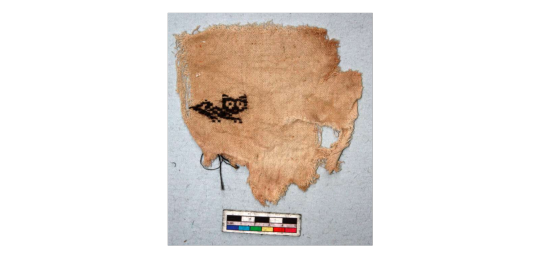
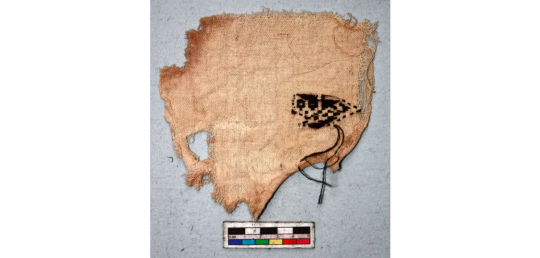
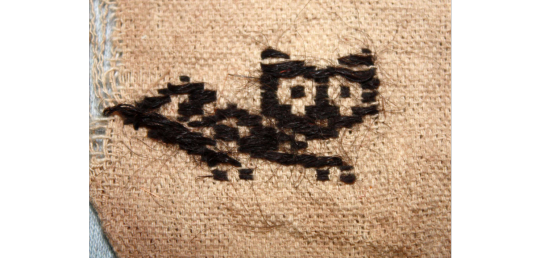
textile
Cultures/periods: Chimu (?) Chancay (?)
Production date: 900-1430
Made in: Peru
Provenience unknown, possibly looted
Textile fragment; cotton plain weave ground with paired warps; camelid supplementary weft patterning; feline figure; cream and black.
British Museum
30K notes
·
View notes
Text


adam and eve apple. quote translates to “I am your half”
#arqueologia#archaeologylovers#ancientcivilization#museum#art#history#photography#archaeological#antiquities#arte#archaeologylife#archeology#ancient#archaeologist#archaeology#antiquity#artifacts#archeologie#historical#culture#sculpture#artlovers#ancientruins#roman#ologie#mythology#photooftheday#archeotravel#arch#archeologicalsite
4K notes
·
View notes
Text
Peruvian whistling vessels simulating animal calls (some of the oldest found date to c. 500–300 BCE)
#Peru#Peruvian#whistling vessels#animal vessels#archaeology#history#ceramics#Inca#Incan#art#sculpture#animal calls
27K notes
·
View notes
Text



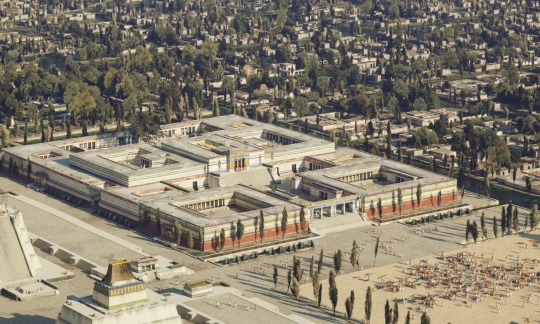



3D Reconstruction of Tenochtitlán by Thomas Kole
#history#art#mesoamerica#archaeology#antiquities#mexico#aztec#indigenous#indigenous history#precolumbian#precolumbian art#tenochtitlan#my posts
10K notes
·
View notes
Text
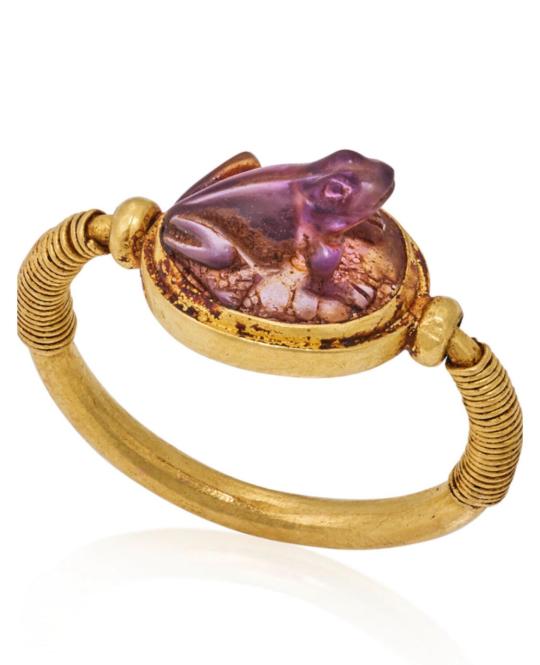
Gold swivel ring featuring an amethyst frog, from the New Kingdom period of Egypt, dating between 1550-1229 BC.
#new kingdom#ancient egypt#egyptology#egyptian#egypt#frog art#frog#amethyst#purple and gold#gold jewelry#gold rings#egyptian history#egyptian archaeology#egyptian art#antique#antiquities#toya's tales#style#toyastales#toyas tales#art#ring#antique jewelry#world history#artifact#art history#swivel ring#amphibians#fashion#accessories
1K notes
·
View notes
Text








I made a comic full of very important knowledge!
2K notes
·
View notes
Photo
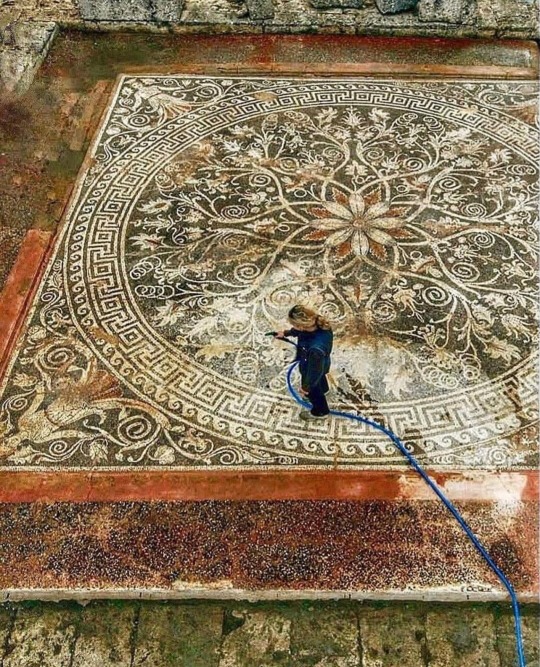
An elaborate pebble mosaic from Aegae Palace in Vergina, Macedonia, Greece. Built by Philip II (c. 359-336 BC), father of Alexander the Great, it is one of the largest and most spectacular Hellenistic mosaics known.
photocredit: 17th Ephorate of Prehistoric and Classical Antiquities, Greece
#greece#europe#ancient greece#ancient greek art#mosaic#aegae palace#macedonia#ancient mosaic#archaeological sites#vergina#imathia#mainland#greek culture#greek history
2K notes
·
View notes
Text
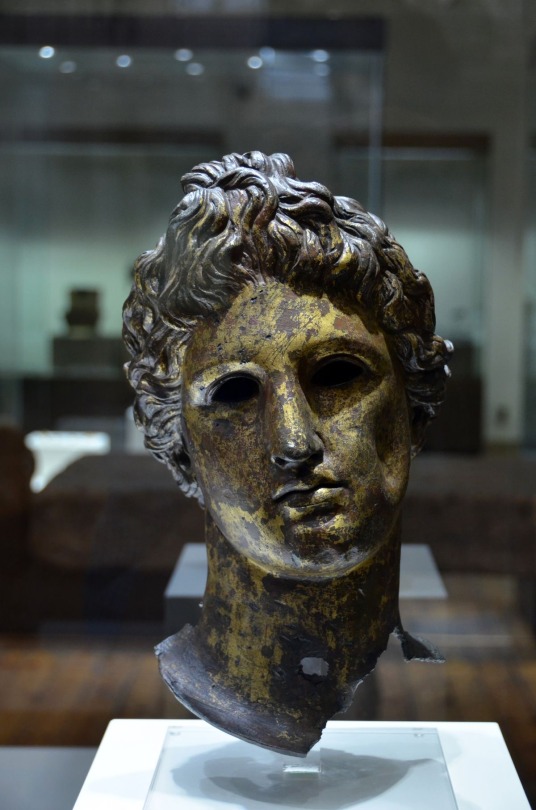
Roman period Head of Apollo
#apollo#ancient rome#art#gods#roman#roman mythology#religion#history#europe#european#thrace#thracian#serdica#serdika#sofia#bulgaria#archaeology#bulgarian#museum#olympian#deity#deities#greek mythology#mythology#olympians
4K notes
·
View notes
Text

Ornate Roman pugio uncovered in 2019 near Haltern am See in what is now Germany. 1st-2nd century AD
2K notes
·
View notes
Text

~ Plaque.
Culture: Italic, Etruscan
Period: Late Archaic Period or early Classical Period
Date: ca. 470 B.C.
Medium: Terracotta
#ancient#ancient art#history#museum#archeology#ancient history#archaeology#plaque#music#musician#etruscan#italic#late archaic#early Classical period#terracotta#ca. 470 b.c.
4K notes
·
View notes
Text
2,300-Year-Old Plush Bird from the Altai Mountains of Siberia, c.400-300 BCE: this figure was crafted with a felt body and reindeer-fur stuffing, all of which remains intact

This plush bird was sealed within the frozen barrows of Pazyryk, Siberia, for more than two millennia, where a unique microclimate enabled it to be preserved. The permafrost ice lense formation that runs below the barrows provided an insulating layer, preventing the soil from heating during the summer and allowing it to quickly freeze during the winter; these conditions produced a separate microclimate within the stone walls of the barrows themselves, thereby aiding in the preservation of the artifacts inside.
This is just one of the many well-preserved artifacts that have been found at Pazyryk. These artifacts are attributed to the Scythian/Altaic cultures.
Currently housed at the Hermitage Museum.
#archaeology#anthropology#history#artifact#artifacts#siberia#scythians#archeology#museum#amazing#interesting#stuffed animals#ancient history#prehistoric#crafting#felt art#art#prehistoric art#hermitage museum#human nature
67K notes
·
View notes
Text

Natufian scuplture from from around 11,000, credited as the first artwork portraying sex
#natufians were freaky#stone age#copper age#bronze age#neolithic#the stone age#natufian#natufian culture#sculpture#old art#history#historic#prehistoric#palestine#jericho#mesopotamia#archaeology#anthropology
809 notes
·
View notes
Text

Buried 🌋🙇🏻♀️🕊️
Aprils work is Pompeii themed, inspired by photos I took in the House of the Vettii. The illustration is named Buried and is of the remains of the villa’s north courtyard, bathed in streaming morning light, with a mysterious occupant. Even though this scene is modern day, the girl is in Roman dress looking at the viewer. And oh what’s that? She’s slightly transparent...👻
#tagamemnon#flaroh illustration#pompeii#roman history#roman mythology#illustration#roman archaeology#ghost art#myth art
1K notes
·
View notes